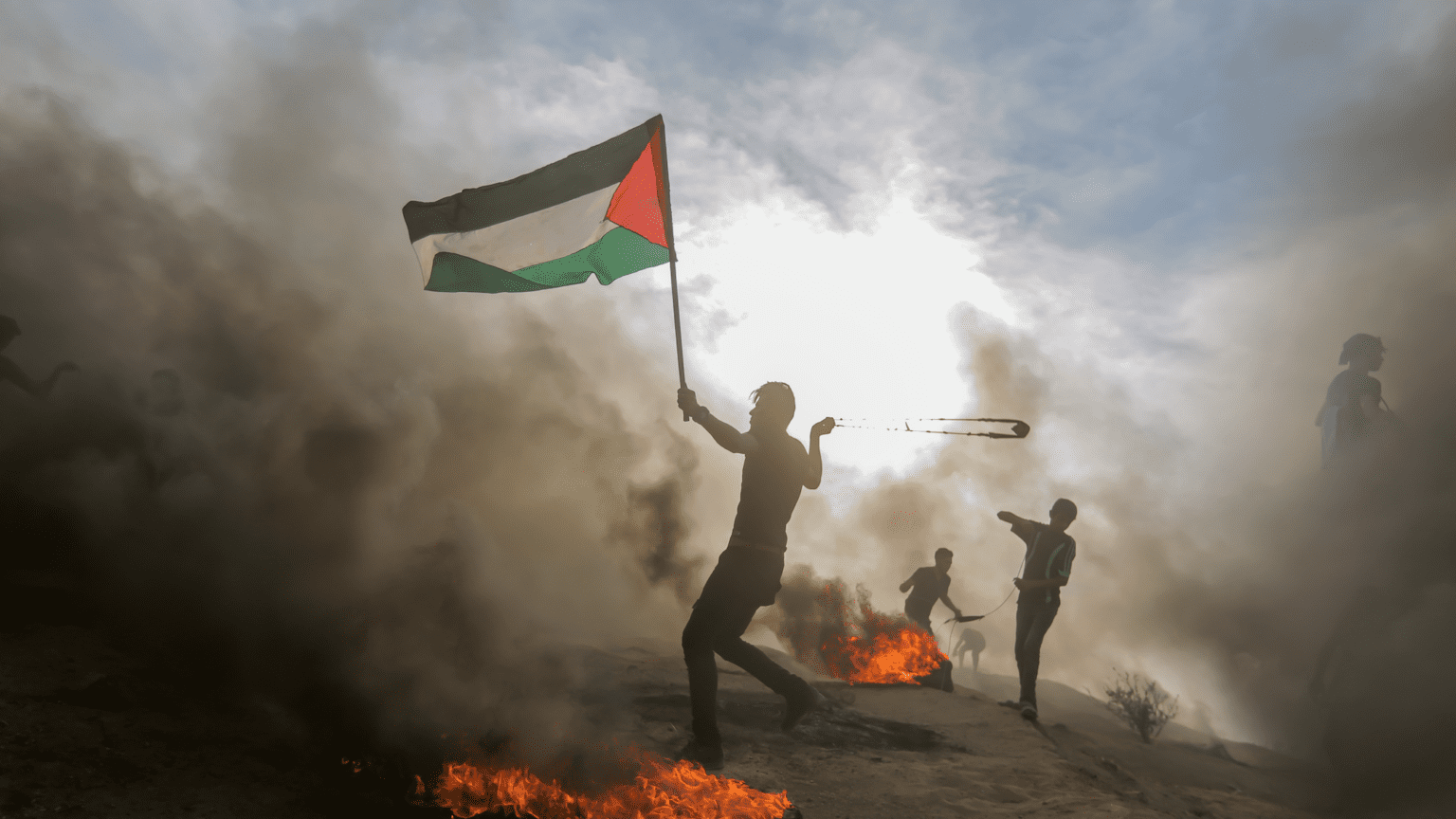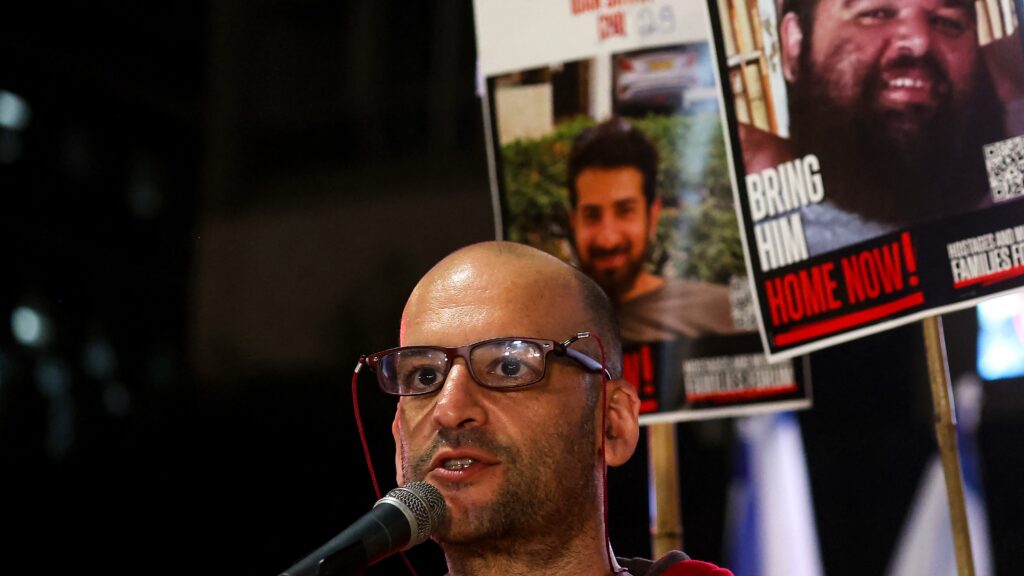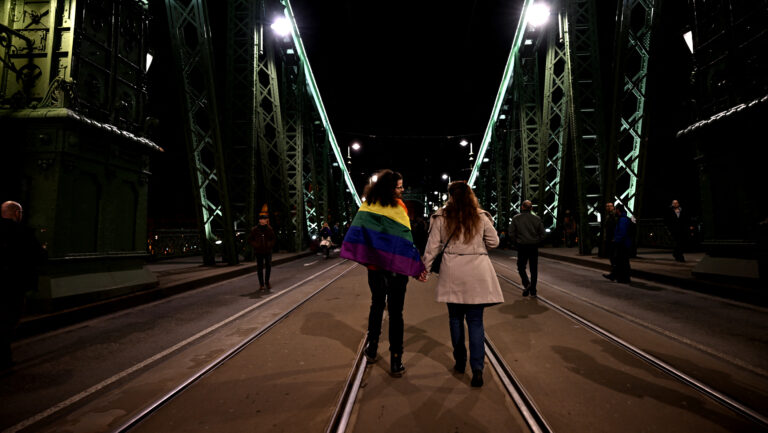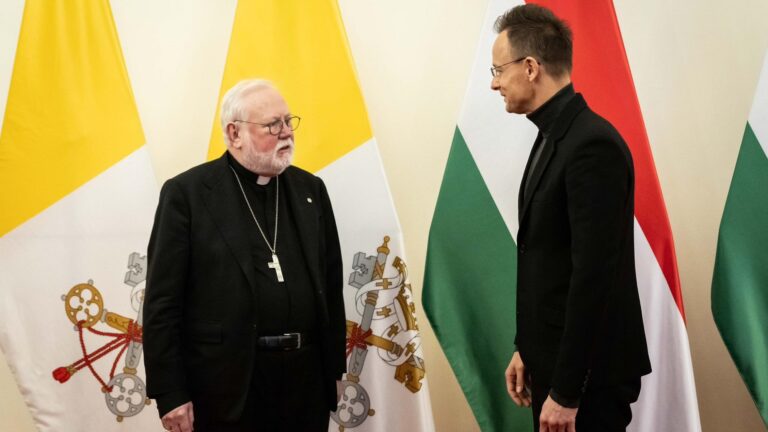In what has become a regular part of living between Israelis and Palestinians ever since Israel was formally declared as an independent and sovereign country in 1948, there has been yet another deadly encounter between the two sides. Last Friday the Israeli military carried out continuous airstrikes in Gaza for three straight days, killing at least forty-four Palestinians, including fifteen children; more than 260 people were injured. The incident marked the deadliest escalation of violence since an 11-day conflict last year.
The Israelis had opened an air campaign against what they said were sites and members of the Iranian-backed Palestinian Islamic Jihad (PIJ), which threatened to launch attacks on Israel after one of its senior members, Bassam al-Saadi was arrested.
Tensions had already been rising in recent months, specifically in Jenin, a refugee camp in the north of the occupied West Bank, where Israeli forces were conducting raids on an almost daily basis. While both sides had agreed to halt the fighting, each warned the other that it would respond with force to any violence.
One would think that Israel, the only true democratic government in the entire Middle East, would have arrived by now at some sort of peaceable settlement with their Palestinian adversaries as it did with Egypt in 1978 and Jordan in 1994; or as it normalised relations with Bahrain and the United Arab Emirates with the Abraham Accords in 2020. While there have been numerous attempts from third parties to help establish peace, such efforts have always failed because of an enmity that has deep historical roots and a relentless religiosity that continues to be harboured by extremists on both sides.
Historical Roots of the Israeli-Palestinian Conflict
The never-ending bloodshed is officially based on the Palestinian claim—contested by the Israelis—of having the right to sovereign rule over the Gaza Strip, the occupied West Bank, and Jerusalem. The disputed lands have been the scene of tensions and violence between Arabs and Jews since the time of the British Mandate, which was declared in 1917, ending 400 years of Ottoman rule in the region. With the Balfour Declaration of the British occupier, there was a real prospect of creating a “national homeland” for Jews in Palestine, following the appeal of the Hungarian-born iconic Zionist leader Theodor Herzl.
There was a real prospect of creating a “national homeland” for Jews in Palestine
Yet even before the Balfour mandate, there were strains between the two peoples as small number of Jews began to immigrate into Palestine. It was a migration that grew dramatically during the second quarter of the end to the nineteenth century, with the increased persecution of Jews throughout the world, specifically in Eastern Europe, from where thousands of Jews emigrated. While most fled to the United States, in what is known as the First Aliyah, up to twenty-five thousand landed in Palestine between 1882 and 1884; the Second Aliyah (1904-1914) saw roughly forty-thousand Eastern European Jews immigrate into Palestine.
The Jewish communities in Palestine maintained their various ethnic traditions, which was understood to be a legitimate expression of Jewish identification in Eretz Israel—the traditional Hebrew term for an area of the Southern Levant. Subsequently, this became part of the pre-Zionist and the pre-Israeli State era. Zionist leaders thereupon adopted the position that it was ‘necessary to create a new image of the Jew as an individual and of the Jewish society as a whole.’ This caused tensions with the native Palestinian Arabs, which were at times, as can be gathered, violent.
After World War II, with the extermination of six million Jews by the National Socialists, the United Nations General Assembly approved a partition plan for Palestine, with the establishment of the Israeli State in 1949, and another for the Arabs, which was never realised. To accomplish Israeli statehood, during in what became known in Israel as the War of Independence (or Arab-Israeli War of 1948), nearly 750,000 Palestinians (75 per cent of the Arab population)—both Muslims and Christians—fled or were expelled from their homes. According to Middle East Eye, some fled their villages thinking that they would be able to return to thresh the wheat. Although some farmers were able ‘to salvage whatever crops, livestock, or goods they could from their abandoned homes,’ others were killed by Zionist militias in the process.
Israel, with its newly vacated terrain, saw a wave of hundreds of thousands of European Jewish immigrants enter the country. In 1947, there were about 630,00 Jews (32 per cent of the total population) in Israel/Palestine. By 1950, the number doubled to an estimated 1,200.000 Jews (82.1 per cent of the population) in the newly formed Israel.
Needless to say, the Muslim world viewed the UN decision to move forward with the formation of Israel as unacceptable. They saw this as another attempt at colonialism by the West and at the same time as a move to eliminate their distinct identity as Palestinians.
Both sides tried to put an end to the bloodshed
It is noteworthy to mention that throughout the years of conflict, both sides tried to broker peace in whatever capacity they deemed necessary to put an end to the bloodshed. The first notable effort was perhaps that by Prime Minister Yitzhak Rabin, who nearly achieved a peace agreement with the Palestinian Liberation Organization (PLO) in 1995. His efforts came to an abrupt halt after he was assassinated by Yigal Amir, a twenty-seven-year-old Jewish law student who had connections to the far-right Jewish group Eyal.
The second notable peace initiative was brokered by Prime Minister Ehud Barak, who in 2000, at the Camp David Summit, tried to bring about peace by offering a lot of land to the Palestinians and even agreeing to have 97 per cent of the West Bank being a Palestinian territory. Despite the generous concessions, Yasser Arafat, leader of the Palestinian Liberation Organization (PLO) rejected the deal.








